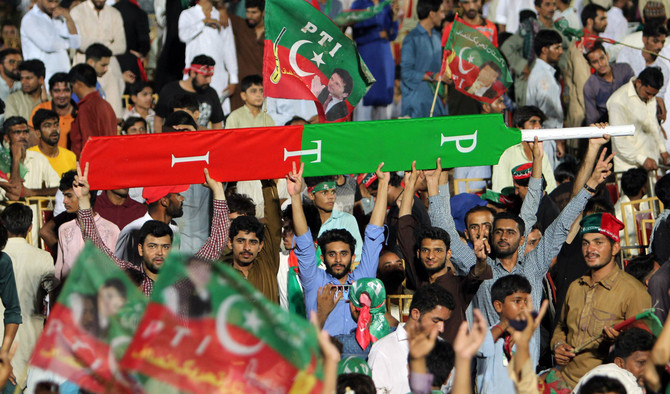The Pakistan Tehreek-e-Insaf (PTI) faced challenges in implementing its various plans leading up to the February 8 vote. Initially, the party’s attempt to contest the 2024 general election with a cricket bat symbol failed. In response, a new strategy, referred to as plan B, involved candidates running on PTI-Nazriyati tickets. However, PTI-N’s Chief, Akhtar Iqbal Dar, disowned these tickets at a press conference in Lahore.
Subsequently, the party devised plan C, primarily focusing on the post-election scenario. This plan entailed independently elected candidates, backed by PTI, joining the party after the election. The intention was to claim seats reserved for women and minorities in assemblies based on the number of general seats won.
Details of plan C were revealed by PTI leader Salman Akram Raja during an interview with ARY’s Waseem Badami. Raja asserted that these candidates would be obligated to follow PTI leaders’ instructions since they had declared themselves as PTI members before Returning Officers.
However, a closer examination of Election Rule 2017 raises doubts about the feasibility of plan C. Rule 92 outlines the formula for allocating reserved seats to political parties, stating that independent candidates joining a party within three days of the publication of returned candidates’ names would be considered party members. Yet, Rule 94 clarifies that a political party, for the purposes of this rule, must be one to which a symbol has been allocated by the Commission. Without an allotted symbol, a political entity cannot be recognized as a political party, making it difficult for independent candidates to join PTI.
PTI’s Taimur Saleem Jhagra, knowledgeable about election rules, acknowledged these constraints but mentioned that the party is exploring various options. Jhagra indicated that PTI is considering holding another intra-party election to comply with the Election Rules 2017 and regain its status as a political party.










